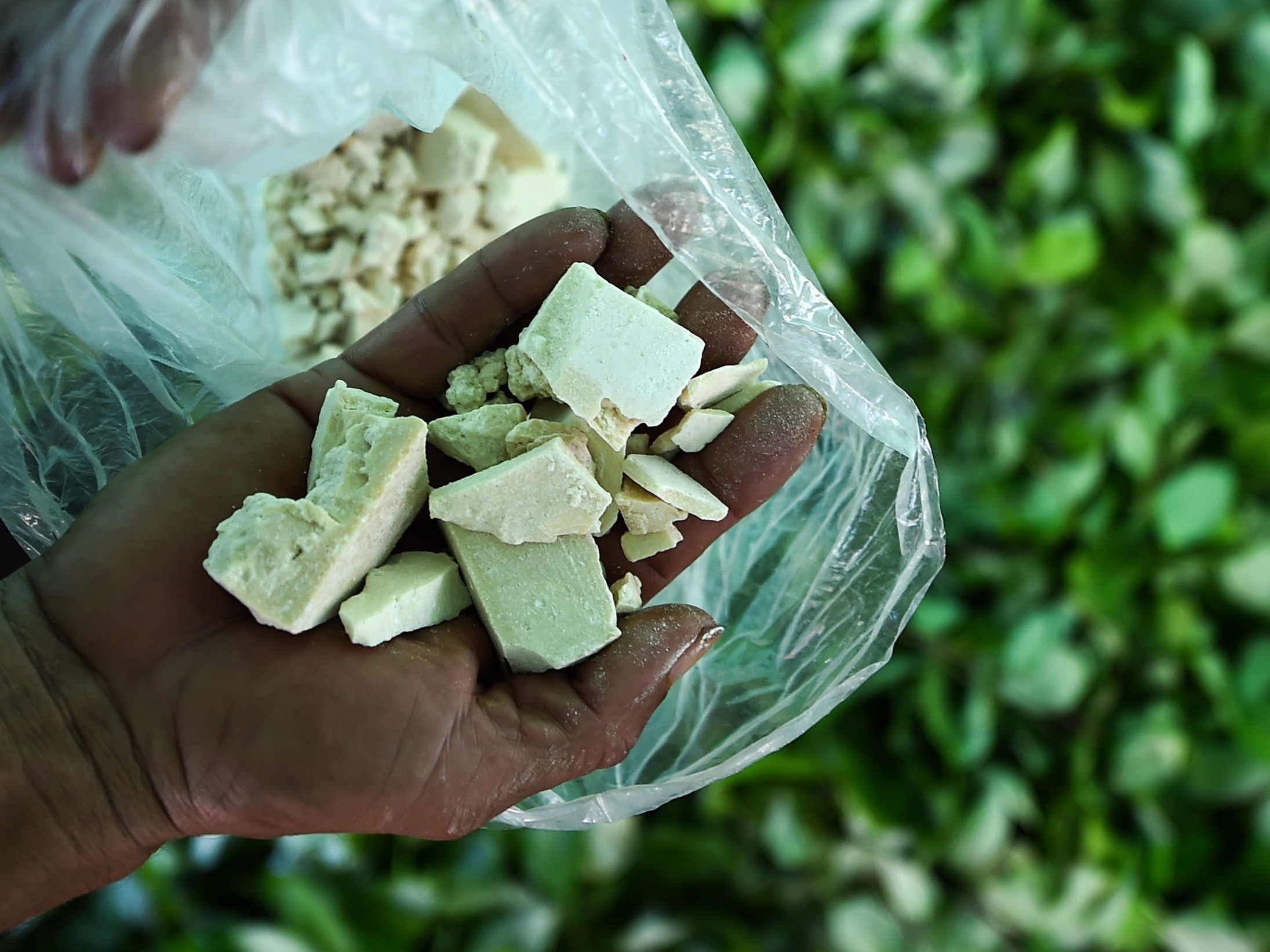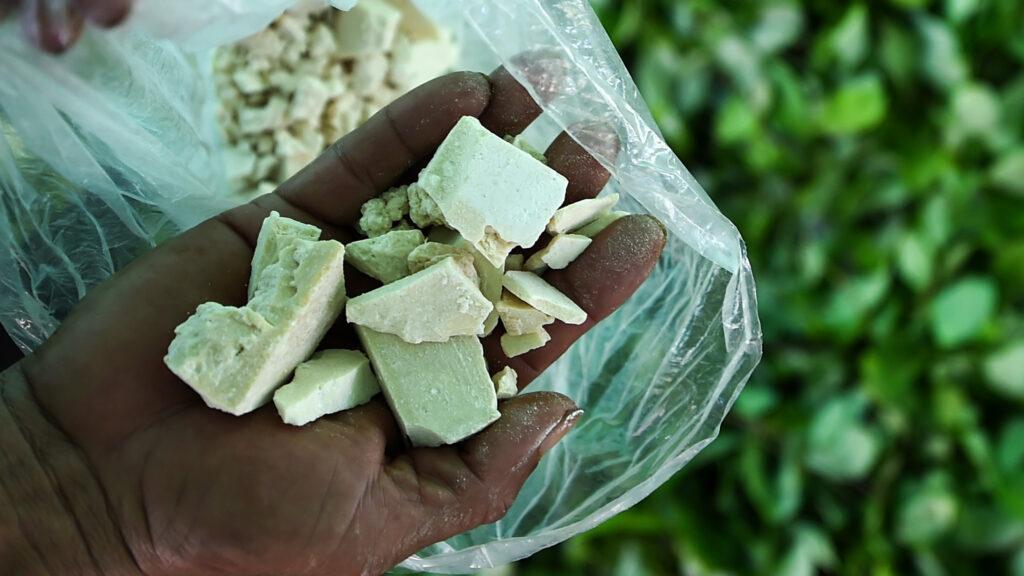
In a surprising turn of economic fortunes, Colombia’s traditional status as a major oil exporter is under threat, with the cocaine industry rapidly gaining ground, according to a recent report from Bloomberg Economics. The shift is attributed to a lenient policy towards the coca crop industry, dating back to 2013, and an unexpected boom in cocaine production.
In 2013, the cocaine industry in Colombia generated a modest $2.2 billion in export revenues. However, fast forward to 2022, and the same industry surged to an estimated $18.2 billion in export revenues, just shy of the $19.1 billion earned from oil exports. The decline in oil exports by 30% during the first half of the year further amplifies the possibility that, according to Bloomberg estimates, 2023 could be the year when cocaine revenues surpass those of oil.
Colombia, renowned as the world’s largest cocaine producer, experienced its highest cocaine production levels since 1991, churning out a staggering 1,738 tons of the drug in 2022, with a street value estimated at $193 billion.
Bloomberg economist Felpi Hernandez noted that, from a strictly economic perspective, the surge in cocaine production and exports has provided a boost to short-term economic activity, domestic demand, and external accounts.
The Colombian government has adopted a shift in strategy, focusing on targeting cocaine exporters and laboratories rather than eradicating coca bush farms. This shift has led to a remarkable increase in crop yields for coca bushes, with 230,028 hectares of coca plants cultivated in 2022. Producers are also investing in modern farming techniques, such as irrigation and fertilizers, leading to increased output and productivity.
Hernandez added, “More coca bushes are reaching their full potential, and this, in turn, is driving higher yields. The average crop yield has steadily risen from 4.3 tons of coca leaves per hectare in 2013 to 7.0 in 2020.”
Intriguingly, Colombia’s illicit cocaine business accounted for an estimated 5.3% of the country’s GDP in the previous year. As the cocaine industry continues to grow, it raises complex economic, social, and political questions for the nation.
Readh the whole article here.



